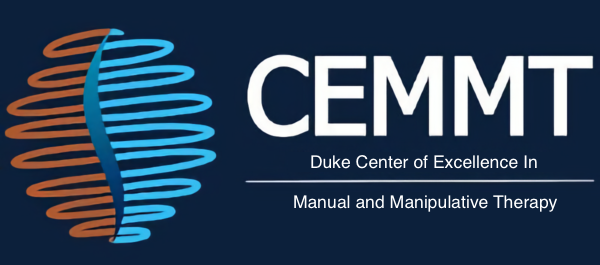Manual physical therapy and exercise versus supervised home exercise in the management of patients with inversion ankle sprain: a multicenter randomized clinical trial
Study Design: Randomized Clinical Trial
Abstract: The purpose of the study was to compare the effectiveness of manual therapy and exercise (MTEX) to a home exercise program (HEP) in the management of individuals with an inversion ankle sprain. An in-clinic exercise program has been found to yield similar outcomes as an HEP for individuals with an inversion ankle sprain. However, no studies have compared an MTEX approach to an HEP. Patients with an inversion ankle sprain completed the Foot and Ankle Ability Measure (FAAM) activities of daily living subscale, the FAAM sports subscale, the Lower Extremity Functional Scale, and the numeric pain rating scale. Patients were randomly assigned to either an MTEX or an HEP treatment group. Outcomes were collected at baseline, 4 weeks, and 6 months. The primary aim (effects of treatment on pain and disability) was examined with a mixed-model analysis of variance. The hypothesis of interest was the 2-way interaction (group by time). Seventy-four patients (mean ± SD age, 35.1 ± 11.0 years; 48.6% female) were randomized into the MTEX group (n = 37) or the HEP group (n = 37). The overall group-by-time interaction for the mixed-model analysis of variance was statistically significant for the FAAM activities of daily living subscale (P<.001), FAAM sports subscale (P<.001), Lower Extremity Functional Scale (P<.001), and pain (P ≤.001). Improvements in all functional outcome measures and pain were significantly greater at both the 4-week and 6-month follow-up periods in favor of the MTEX group. The results suggest that an MTEX approach is superior to an HEP in the treatment of inversion ankle sprains.
NIH Risk of Bias Score:
11/14 (Low Risk of Bias)
Key findings from study:
- There was a significant difference in pain and function between groups at 4-weeks and 6-month follow-up, with greater reductions in pain and improvements in function among those that underwent manual therapy and exercise (MTEX group).
- The home exercise only group experienced almost twice the recurrence rate as the manual therapy exercise group. Although not statistically significant, this could be clinically relevant.
- Distal tibiofibular, proximal tibiofibular, talocrural, and subtalar joint manipulations, along with daily exercise, can be effective at improving short and long term outcomes after an inversion ankle sprain.
Reviewer Summary:
This article studied the effects of incorporating manual therapy interventions into a traditional physical therapy home exercise program (MTEX), compared to a home exercise program (HEP) alone among individuals who have experienced inversion ankle sprains. The study used several methods to compare changes in pain and function, including an NPRS pain scale, LEFS, GRC scale, FAAM ADL, and FAAM sports, providing a holistic view on the changes observed from pre to post testing.
The MTEX group experienced greater improvements in pain and function than the HEP group on both 4-week and 6-month follow-ups that were statistically significant. Additionally, the injury recurrence rate in the MTEX group was significantly lower than in the HEP group. These results should prompt clinicians to consider using manual therapy techniques, specifically the ones performed in this study, on their patients with chronic and acute inversion ankle sprains.
There are several limitations to this study. First, while patients were divided up into chronic and acute groups prior to analysis, there was no comparison of these two groups in the analysis. Based on the results of the ANOVAs, it can be concluded that among participants with both chronic and acute ankle sprains, the MTEX individuals saw greater improvements, however, further research is necessary to determine any differences in outcomes between the groups. Additionally, since participants were not able to be blinded to their group, this introduces bias. Finally, patients in the HEP group were seen by physical therapists only four times total, while the MTEX group was seen eight times total. This extreme difference in time spent with the therapist could greatly affect outcomes, especially since adherence to the home exercises could not be easily measured.
